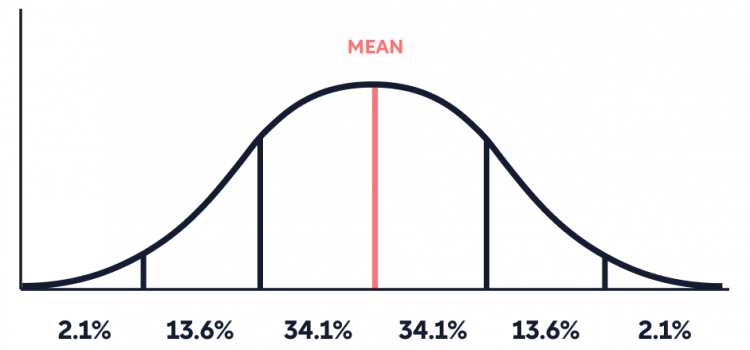What are the uses and limitations of regression analysis in statistics? What are some things you should keep in mind when reporting the results of regression analysis? Regression analysis is a powerful research tool as it allows researchers to isolate variables of interest. However, regression analysis can be dangerous if its results are misinterpreted or misreported. Here are a few pointers to keep in mind when interpreting regression analysis results.
The Limitations of Regression Analysis in Stats










